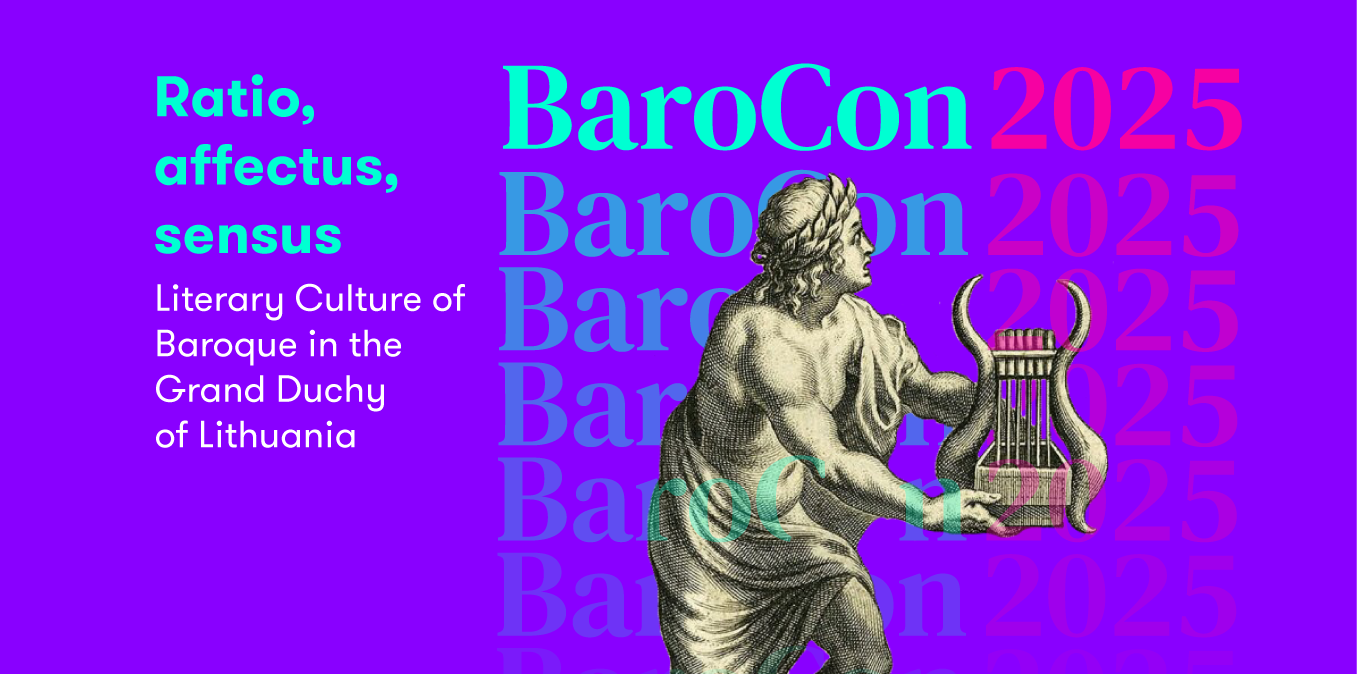
Maria Chantry
Emotions and Attempts to Order Them in the Works of Maciej Kazimierz Sarbiewski
Maria Chantry
Emotions and Attempts to Order Them in the Works of Maciej Kazimierz Sarbiewski
Keywords: Sarbievius, emotions, Ignatian spirituality, inner freedom
In Ignatian spirituality, working on emotions and trying to put them in order is an important practice. This ascetic instruction was well known to Maciej Kazimierz Sarbiewski and finds expression in his works.
In my presentation, I am going to show the diverse range of emotions that emerge from the Jesuit's poetic works. These will include both positive emotions (e.g. joy, love, peacefulness) and negative ones (e.g. fear, sadness, anger). Sometimes, they are experienced by the lyrical subject and sometimes, by the characters in the works. The analysis will be based on the collection: Mathiae Casimiri Sarbievii Lyricorum libri IV. Epodon liber unus alterq[ue] Epigrammatum. Antwerpiae, ex officina Plantiniana Balthasaris Moreti MDCXXXII.
When depicting affects, Sarbievius uses various ways of poetic imagery (e.g. the wax image of Nero melting from his anger in the Epigram LXI). In addition to the description and images of emotions, their social context and their effects are also important. We will also look at suggestions for „therapy”, ways of putting emotions in order and striving for inner harmony and freedom giving independence from temptations and the whims of Fortune.
A certain commentary on some of the poetic imagery used by Sarbievius is provided by his treatises on poetics (e.g. Characteres lyrici seu Horatius et Pindarus) and mythology (Dii gentium), in which, for example, two different types of love are described: Amor aethereus and Amor vulgaris. It will thus be possible to juxtapose poetic practice with the theoretical reflections of the Sarmatian Horace.